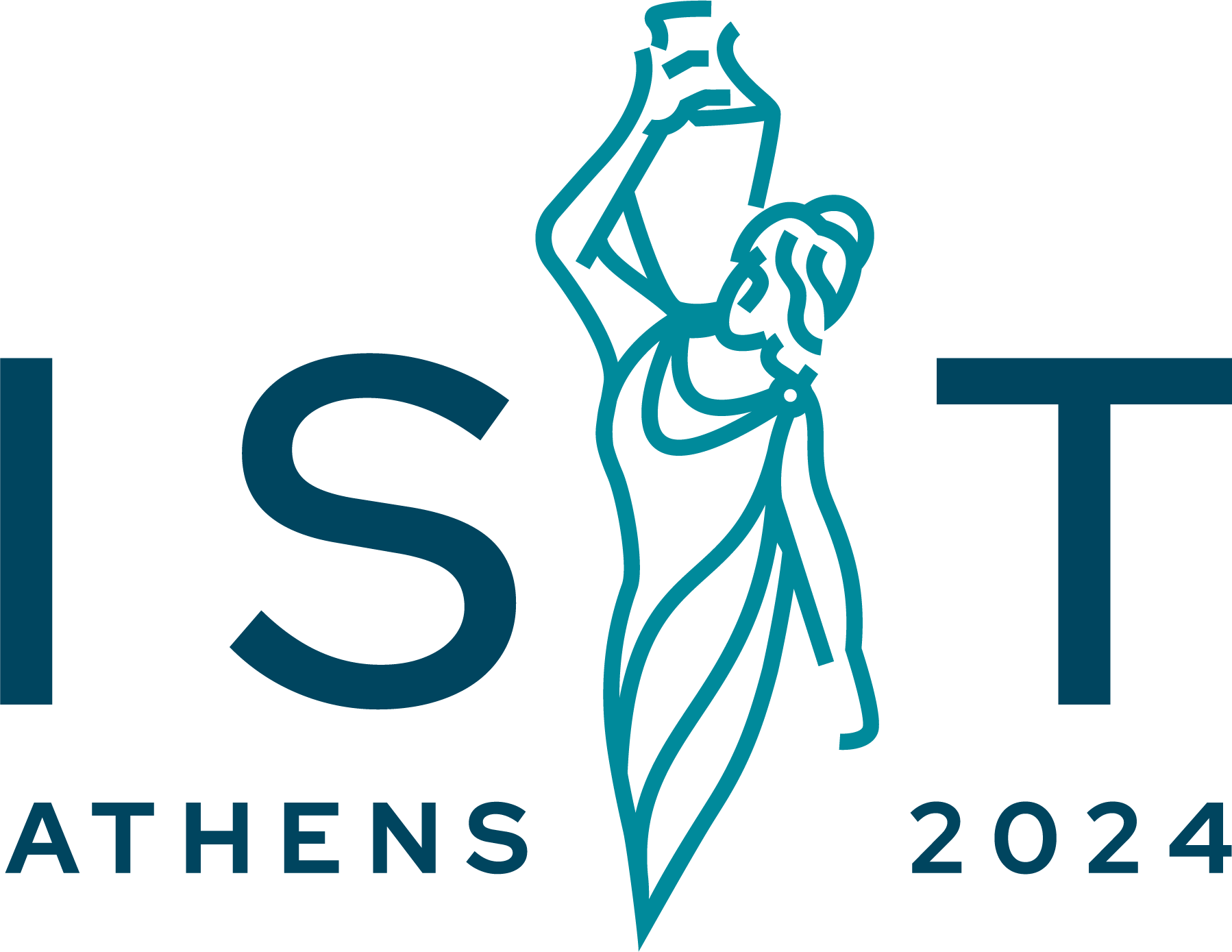The Roman Agora is located on the north side of the Acropolis, a short distance to the east of the Athens Agora, with which it was connected by a paved street.
Built between 19 and 11 B.C. with a donation from Julius Caesar and Augustus, the Roman Agora comprises a spacious rectangular courtyard surrounded by stoas, shops and storerooms.
The most important monuments of the site are:
Gate of Athena Archegetis. It stands on the west side of the Roman Agora. The monumental entrance has a row of four Doric columns made of Pentelic marble. It was constructed in 11 B.C. and was dedicated by the People (Demos) of Athens to their patroness, Athena Archegetis.
East Propylon. The east entrance to the Roman Agora had a row of four Ionic columns made of gray Hymettian marble. It was built in 19-11 B.C.
Fethiye Djami. The Turkish mosque lies on the north side of the Roman Agora. It was constructed in 1456 A.D. on the ruins of an Early Christian basilica.
The Agoranomion is a rectangular building to the east of the Roman Agora, dated to the 1st century A.D. It preserves the facade which had three doorways with arched lintels and a broad stairway. An inscription on the architrave mentions that the building was dedicated to the Divi Augusti and Athena Archegetis.
The public latrines (Vespasianae) were housed in a rectangular building and consisted of an antechamber and a square hall with benches bearing holes on all four sides, with a sewer pipe passing underneath. This monument is dated to the 1st century A.D.

Texts and images sources: https://www.wikipedia.org/, https://www.visitgreece.gr/


